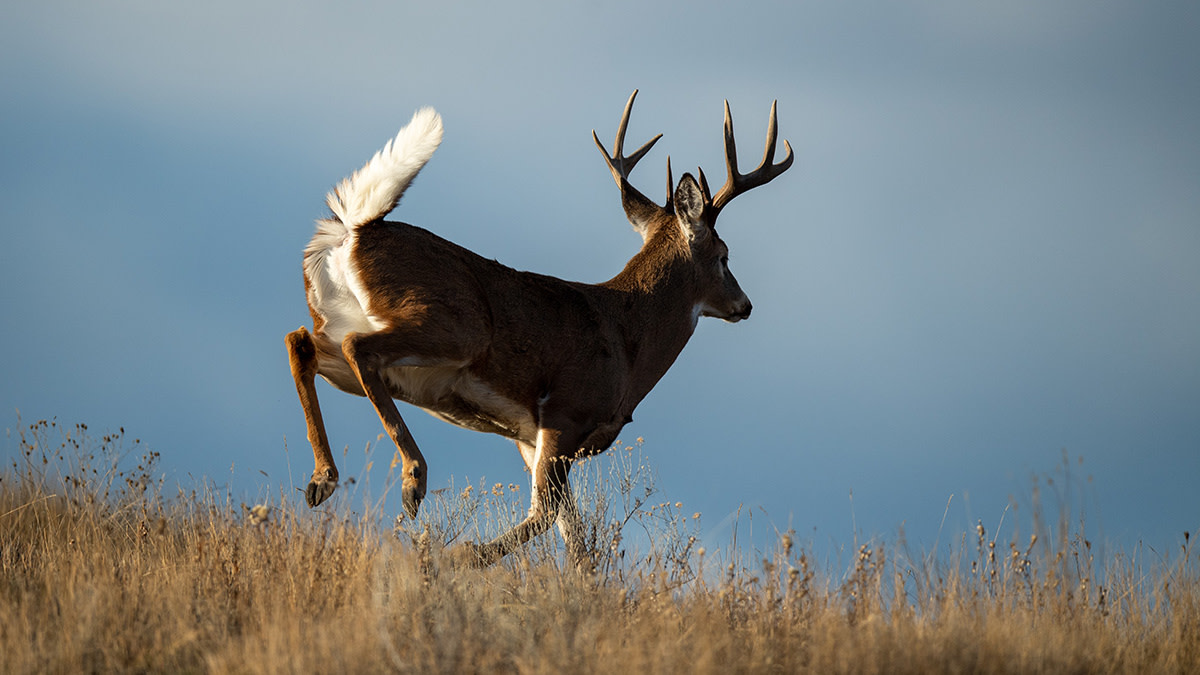
If you challenge most hunters on conventional whitetail wisdom, the response will almost always be, “maybe, but not with my deer.” It’s the nature of the beast, but we tend to have strong biases built around the deer we hunt. We also, not surprisingly, are biased toward our abilities as hunters.
Combine those two, and it’s a short hop into a world of clinging to absolutes to excuse the reasons why we fail. We claim that all bucks are nocturnal. The rut was too warm, and all chasing happened at night. The orange army always kills off the young buck crop before any of them can reach maturity.
You name it, we spout it and tout it. But how many of these long-held whitetail convictions are simply not true? I’d argue all of them.
The Common Deer Lies
If you were to tick down the list of usual suspects, you might say deer don’t move when it’s windy, or rainy, or too hot, or too cold. You might also say they do move during daylight, but not during the lull, or not after they’ve received too much hunting pressure.
Common sense argues differently. Take the too-windy statement. If that were true, bucks in Kansas might die in their beds waiting for a calm day. Too hot? Well, they seem to eat and drink and do their thing all summer long, just fine. But, you argue, maybe not during the rut when they have winter coats and a layer of fat built up?
Imagine if your only window for amorous activity occurred during three weeks of the year. Would sweltering heat stop you, even if you were wearing a couple of thermal layers? Or would you figure out a way to stay in the shade, stay hydrated, and keep on the hunt for an amenable partner?
The antidote to these long-held beliefs is to hunt during the shitty conditions. You’ll see bucks doing their thing when most hunters think they won’t. This is also a great way to dispel maybe the most common lie we believe—that there are no mature bucks on certain ground.
Old Deer Habits Die Hard
Aaron Hepler is an outdoor writer from Pennsylvania who grew up hearing from his relatives that good bucks simply don’t exist on public land in his home state. It wasn’t until he ignored what his dad and uncle preached that he realized the quality of deer available to him (and every other hunter).
“They’d always talk about how the deer weren’t there, but they were just hunting the wrong spots,” Hepler said. “My image of bucks when I was a kid was all spikes and young bucks. It wasn’t until I was older and started going out on my own that I realized there were bucks older than a year and a half out there.”
Hepler went on to target those bucks and kill them. He did it on public land, in a state where the number of people buying hunting licenses outnumbers the entire population of residents of some Western states.
I’ve seen this myself, countless times. Whether it’s North Dakota, Oklahoma, Wisconsin or wherever. Locals have told me that I was wasting my time hunting "their" public land. Some of that might be psych ops to mess with a nonresident, but some of it was clearly genuine. Yet in the seven or eight states I’ve hunted public land, I’ve encountered mature bucks in every one and killed mature bucks in nearly every one. Local sentiment doesn’t carry much weight when you travel, and it’s a good thing to expose yourself to. If you do, it’ll make you question what you believe to be fact about your own deer.
Conclusion
The cool thing about what we believe deer do, or don’t do, is that it’s testable. You can hunt during the heat, or the rain, or run cameras on the public land down the road to see what caliber of bucks actually live there. You don’t have to take anyone’s word for it, and you can learn whether the deer are actually "following the rules."
I think that’s probably the best lesson any deer hunter can learn. To question our beliefs and to hunt them when they shouldn’t be moving, or where they shouldn’t live, is a great path to becoming a more successful hunter. If for no other reason, do it because most of your competition never will. If you think the deer don’t know that, you’re wrong. That’s one conviction I cling to when it comes to whitetail behavior. When we aren’t there, they are more prone to do their thing.
So, be the one who’s there.
Feature image via Matt Hansen.



